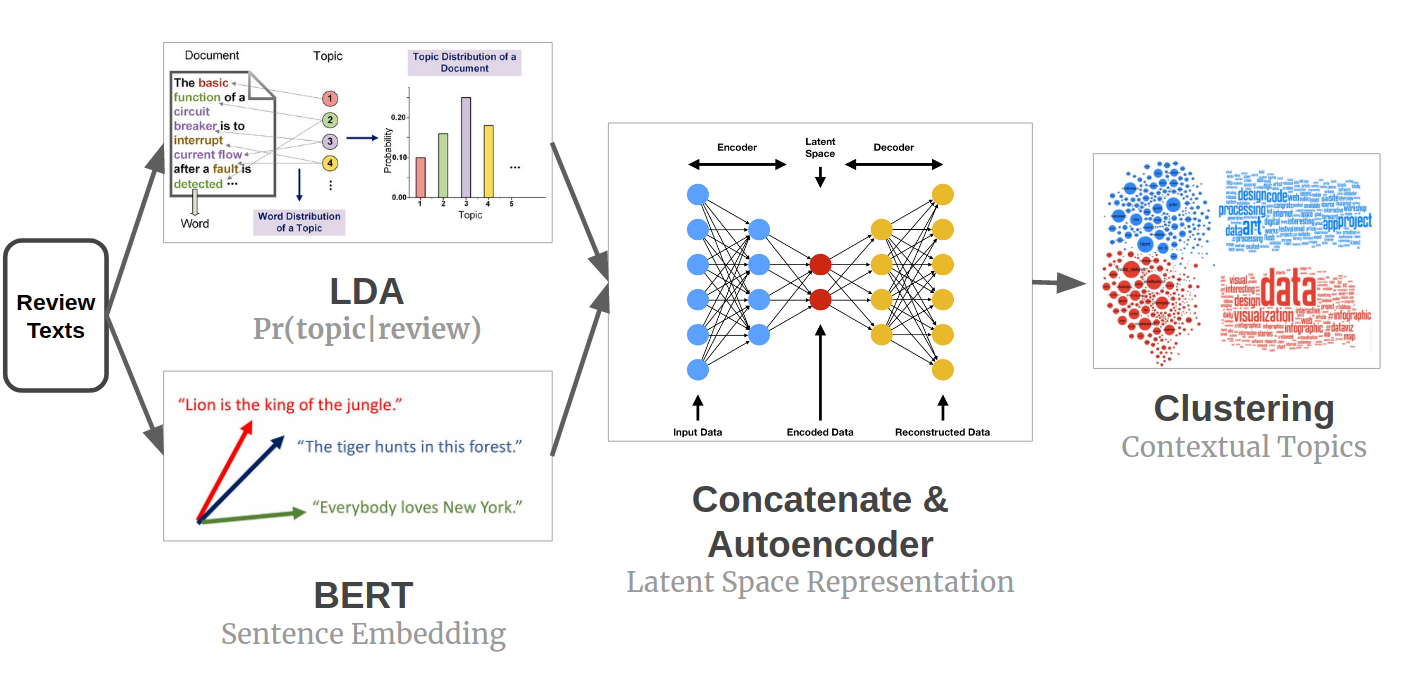What are VECTORS?
In the field of Mathematics and Physics the Vector which is Euclidean or simply a vector which is also called the geometric vector or spatial vector represents a geometrical object that has length which means magnitude and also direction. The Vectors have the following properties:
- They have magnitude and direction.
- Vectors can be added to other vectors. A Euclidean Vector is usually depicted by a Ray which is a direction or a line. This is also seen as an arrow which has an initial point and an end point.
- When we see something that needs to be carried from one point to another point then it can be done by a Vector.
- In Latin the word Vector means carrier. It was first used in the 18th century and this helped astronomers to investigate the planetary motions and that too around the sun.
- The magnitude for any vector is the distance between the two points and the direction of the vectors refers to the displacement from one point to another.
- All the arithmetic functions have close relationship to the vectors such as Addition , Subtraction, Multiplication etc
- These above operations obey the laws of commutative, associative and distributive properties.
- In physics Vectors play an important role and part and the velocity and acceleration for any object which is moving and that forces that act on it can be described by vectors.
- The magnitude and direction for vectors can be represented by vectors like the direction and length of an arrow. Here we can mathematically represent the physical vector and it will depend on the coordinate system for describing it
- If we take example of vector like objects that can describe the physical quantities and it will transform themselves for the coordinate system that include the vectors and tensors.
HISTORY of VECTORS:
This was first evolved in the year or period of about 200 years or more. Many scientists and mathematicians have contributed to it. The concept of Vectors evolved over time.
In the year 1835 it was established that the idea of the concept of equipollence. Many mathematicians worked on the Euclidean Plane and he made it equipollent for line segments for the same length. There is orientation which is also the same. Then the equivalence relation for the points in a plane and thus it was established the vectors in the plane. The term VECTOR was first coined by William Rowan Hamilton and it was established as a real number in a three-dimensional vector. He viewed VECTORS as representative of segments which have direction. There are complex numbers to be used as imaginary units for a real line. He thus imagined the VECTOR to be an imaginary part of a quaternion. A quaternion is a two directed lines quotient in a three-dimensional space.
The imaginary part when constructed on a straight line or vector radius will be determining the Quaternion and it will have determined length and determined direction in space. This is also called vector part. There are many other mathematicians who developed this vector system in the middle of the nineteenth century and it involved rigorous work with calculations.
Vector examples in one dimension:
Vector is also force if seen from a concept of direction and magnitude. If there is a positive axis that goes up in the upward direction then it is represented by a certain vector. So in this case it is also applicable for positive axis towards left and towards right.
What is the use of Vectors in Physics and in the field of Engineering: Vectors are important for physical sciences and they can be used to represent the quantity that has magnitude and direction. If we take the example then we can consider Velocity which is represented by Speed. Another example is Force. It has magnitude and direction and thus it follows the rules of vector addition. This is a physical quantity that can be described by linear displacement and momentum and also other forms of momentum. There are other physical vectors which are electric and magnetic field and they represent vectors at a physical space.
Learn more: Vectors subtraction
To master any concept whether it be VECTORS or other it is important to give enough time and attention so that the base concepts are clear. To give it time to thoroughly understand the mechanics and concepts underlying the chapter is important. It is recommended that the students try and solve previous year papers to get the concepts clear.







